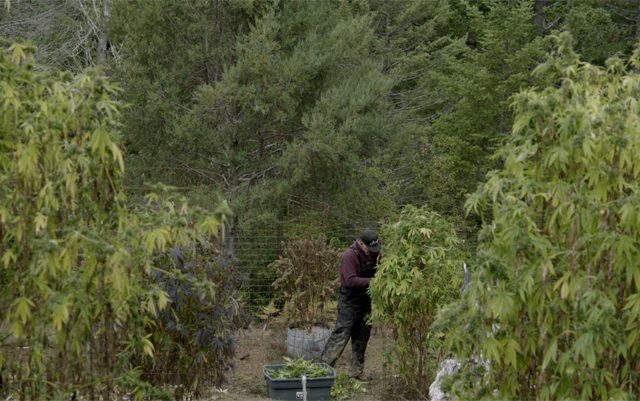By now many of you have likely heard about the interest in a new docuseries from Netflix called Murder Mountain. The mountain in question is in Humboldt County, California, a hub of illegal cannabis growing for decades.
The series weaves together several different plotlines, including the story of a man from the San Diego area who went missing while working on Murder Mountain and the affect adult use legalization is having on growers in the area.
Over the course of the six-part series, several things become glaringly obvious. The most over-riding takeaway from the series is how cannabis prohibition created an area of lawlessness in the northern part of the largest state in the U.S.
Humboldt County’s rural nature and rough terrain were a natural lure for criminal elements looking to take advantage of the prohibition-inflated profits that came with marijuana growing. Over time these more violent elements drove out the hippie culture that northern CA was known for. Growers in the area, not wanting law enforcement anywhere near their operations, did their best to seal themselves off and deal with problems in their own way.
Under prohibition the area became a magnet for criminal gangs looking for a place to hide and grow lucrative cannabis. As mentioned in the series, some estimate that 60% of the black market marijuana grown in the U.S. at one point came from the Emerald Triangle – Humboldt, Mendocino, and Trinity counties in northern California.
Whether or not that number is true – or could ever even be accurately determined – is less important than the fact that its very plausibility speaks to the amount of cannabis coming out of the region.
Another big takeaway from the series is just how damaging the over-regulation of California’s new legal cannabis industry is to growers and would-be legal business owners in the state. Massive fees, high taxes and numerous regulations have caused many to have to make a choice between continuing in the black market or risking everything for the possibility of keeping their head above water in the legal market.
What would Humboldt County have been without marijuana prohibition? Would “Murder Mountain” have that name in a world where cannabis was never made illegal in the first place? One thing is for sure: without marijuana prohibition, there is no reason for the Emerald Triangle to be flooded with criminal gangs and those who are more likely to settle their disputes with firearms than they are to settle them in a court. The vast mountainous wilderness would always draw in people who are looking to hide or get away or start over their life in a quiet place, but there is little reason to think that swarms of violent elements would have populated the area without the lure of prohibition-driven cannabis profits.
Of course, hostility and a lack of trust between citizens and law enforcement is not new – and certainly not exclusive to the Emerald Triangle. Much of that distrust can be traced to the War on Drugs however, no matter what the locale.
It’s also true that bad things happen all across the United States and the world every day, things that have nothing to do with prohibition. But creating an artificial incentive for violent people to settle in one geographic region can never end well.
As for the series itself, Murder Mountain is well done overall, and does a fair job of juggling disparate story threads. It keeps you guessing if you don’t already know the stories of the people involved and does a good job of showing a region through the eyes of the people who live there.






